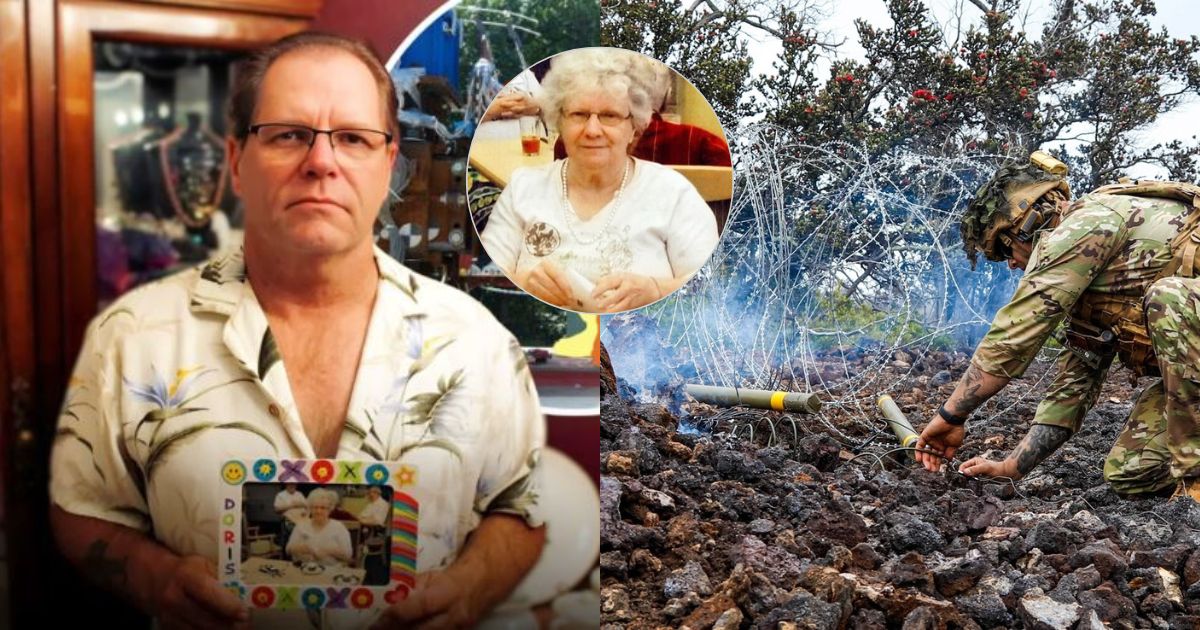The U.S. Army has received immense criticism, alongside a local company. It began when Arizona native Jim Stauffer, who sued the now-defunct Biological Resource Center (BRC) after uncovering that his mother’s body was sold to the U.S. Army for explosive testing without his consent. Scary, right? Wait, there’s more to it. Jim’s mother, Doris Stauffer, who had the deadly Alzheimer’s disease, passed away in 2013 at the age of 74. Jim had donated her body to BRC, hoping it would be used for medical research, specifically Alzheimer’s studies.
The family had contacted BRC, a local company that brokered the donation of human bodies for research. Within an hour, the authorities from the company sent a driver to collect Doris’s body as Jim signed a form authorizing medical research on his mother’s body.
View this post on Instagram
As per The Irish Star, ten days later, Jim and his family received Dori’s remains (ashes), but later, it turned out that they were from one of her arms and not the entire corpse. Despite Jim Stauffer’s explicit prohibition, her body was used in military or explosive experiments; her brain wasn’t used for research, but instead, her body became part of an Army experiment to measure damage caused by roadside bombs.
Internal documents obtained by Reuters revealed that the Biological Resource Centre used Doris and 20 other deceased bodies without consent from donors or their relatives. While this violation strictly remains condemned by the U.S. Army, BRC allegedly illegally sold these bodies for $5,893 each.
View this post on Instagram
Alas, army officials also admitted that they never received any consent forms that donors or their families had signed (despite Jim ticking a box saying no to using the body for explosive testing). Instead, army officials felt that maybe BRC had taken proper permission from the families of the deceased, and they had agreed to use them in such experiments.
The company’s former owner, Stephen Gore, pleaded guilty to fraud in 2015 and was sentenced to probation after it sold more than 20,000 parts from some 5,000 human bodies over the last ten years. Yet, Gore claimed he tried to keep the donors’ wishes and sent consent forms when researchers requested them.
However, Dori’s son, Jim Stauffer, strongly slammed Stephen Gore’s statement and told Reuters, “He didn’t care about the families; he didn’t care about the people.” Jim, who seemed to be fuming angrily during the brief chat with the media outlet, clutched his wife Lisa’s arm. “We did right,” Lisa reassured him. “They just did not honor our wishes.”
According to the latest available data, companies operating in New York shipped at least 100,000 human body parts nationwide between 2011 and 2014. Reuters obtained these figures from New York’s health department, which had not previously been made public.
Meanwhile, University of Iowa law professor Sheldon F. Kurtz, who helped revise the 1968 Uniform Anatomical Gift Act in 2006, which 46 states have adopted, said that it’s not illegal to sell a body or its parts for research. Still, nobody paid attention to what happens to carcasses sold for use in medical education and research.
“I feel foolish,” said Jim Stauffer. “I’m usually not someone who trusts easily, but you’d never imagine something like this could happen,” Jim added in frustration. Currently, Jim Stauffer and other families (victims of fraud, rather) are seeking justice through a civil lawsuit against the Biological Resource Center (BRC).
While organ donation and using human bodies in research and explosives remain a widely valued market, cases like those of Doris Stauffer’s bring to light the injustice that happens under the big, bad billion-dollar business racket.
Disclaimer: This article is based on secondary sources and does not represent individual or organizational claims. For further information, don’t hesitate to contact the referenced media outlets or conduct independent research.













